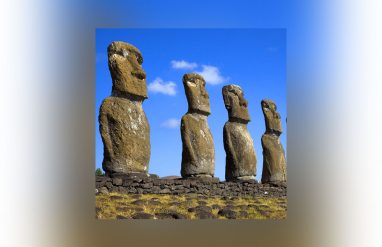Memorial Day occurs on the last Monday in May and marks the solemn time when Americans honor the soldiers that died in military service.
Why is the holiday called Memorial Day?
When the observance was first declared in 1868 by General John Logan, it was called Decoration Day in reference to a tradition of decorating the graves of those whose lives were lost in the Civil War. Decoration Day was observed May 30. By the 1890s, a lot of Northern states had made Decoration Day a state holiday.
In the years following World War I, the day picked up the more inclusive name Memorial Day as people began to use it as a time to honor all who died in all US wars. The adjective memorial means “preserving the memory of a person or thing; commemorative.” It comes from the Latin word memoriālis (“for or containing memoranda, or a reminder”).
For many, the federal holiday of Memorial Day signifies the unofficial beginning of the summer season. The holiday results in a three-day weekend, called Memorial Day weekend.
Looking for more details on the history of Memorial Day? Take a moment to learn more about it here.
What is Memorial Day vs. Veterans Day?
There is frequent confusion between Memorial Day and its companion holiday, Veterans Day.
The purpose of Memorial Day is to honor those who have died in American military service, while November 11, Veterans Day, is held in honor of all US veterans.
Veteran derives from the Latin veterānus meaning “mature, experienced” and has been used to refer to experienced soldiers for centuries. Veterans Day was originally called Armistice Day, marking the agreement that brought an end to World War I on the 11th hour of the 11th day of the 11th month of 1918 (November 11, 1918).
In 1954, the name of the holiday was changed to Veterans Day in the United States. However, in some parts of the world, November 11 is known as Remembrance Day.














